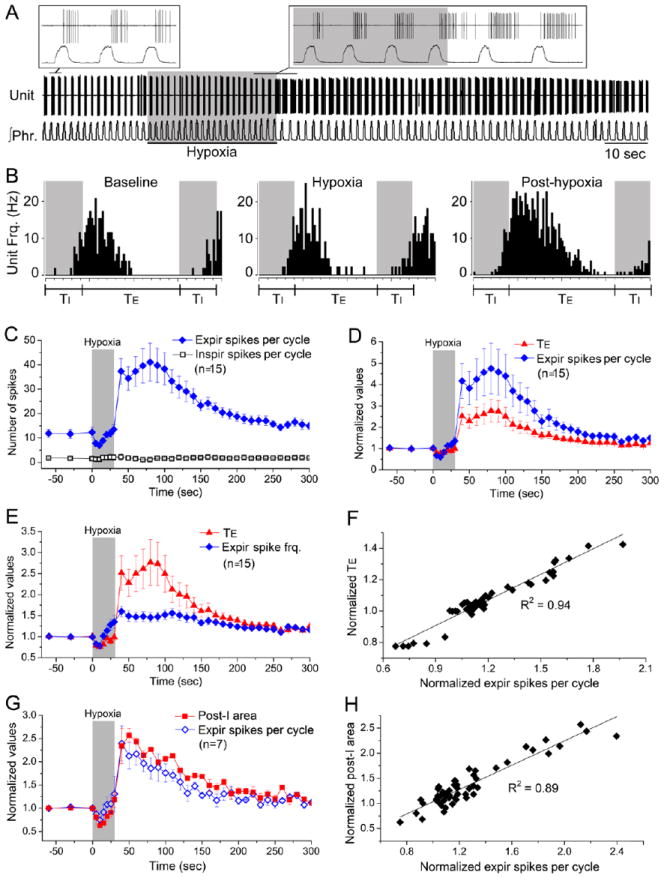Figure 5. Temporal-cellular coincident fingerprinting of post-I pathway at cellular level: timing-specific and response-specific markers.

Similar timing-specific and response-specific markers of the post-I pathway seen at the systems and network levels were also expressed in KFN early-E neurons at the cellular level.
A: Representative early-E neuron discharge recorded from KFN. Under control condition, this neuron started firing at inspiratory-expiratory phase transition (with 1-2 spikes in late inspiratory phase in some cycles) and continued firing with a decrementing pattern until mid-expiration. Hypoxia caused strong post-hypoxia potentiation in this neuron.
B: Perievent histograms showing that unit discharge duration was reduced during hypoxia and increased during the post-hypoxia period. In contrast, peak discharge frequency was not decreased during hypoxia and was increased during the post-hypoxia period.
C: Summary of 15 KFN early-E neurons. Most KFN early-E neurons discharged a few spikes during late inspiration before reaching peak discharge frequency at inspiratory-expiratory phase transition with ensuing decrementing discharge pattern until mid-expiration. Hypoxia potentiated their expiratory discharges (spikes/cycle) but had no effect on their inspiratory discharges.
D-F: The expiratory discharges and mean expiratory firing frequencies (spikes/cycle divided by expiratory duration) of KFN early-E neurons (n=15) correlated directly with expiratory duration (TE) during hypoxia and post-hypoxia periods.
G-H: In another series of experiment, the discharges of KFN early-E neurons (n=7) were found to correlate directly with ∫ vagal post-I area during hypoxia and post-hypoxia periods.
